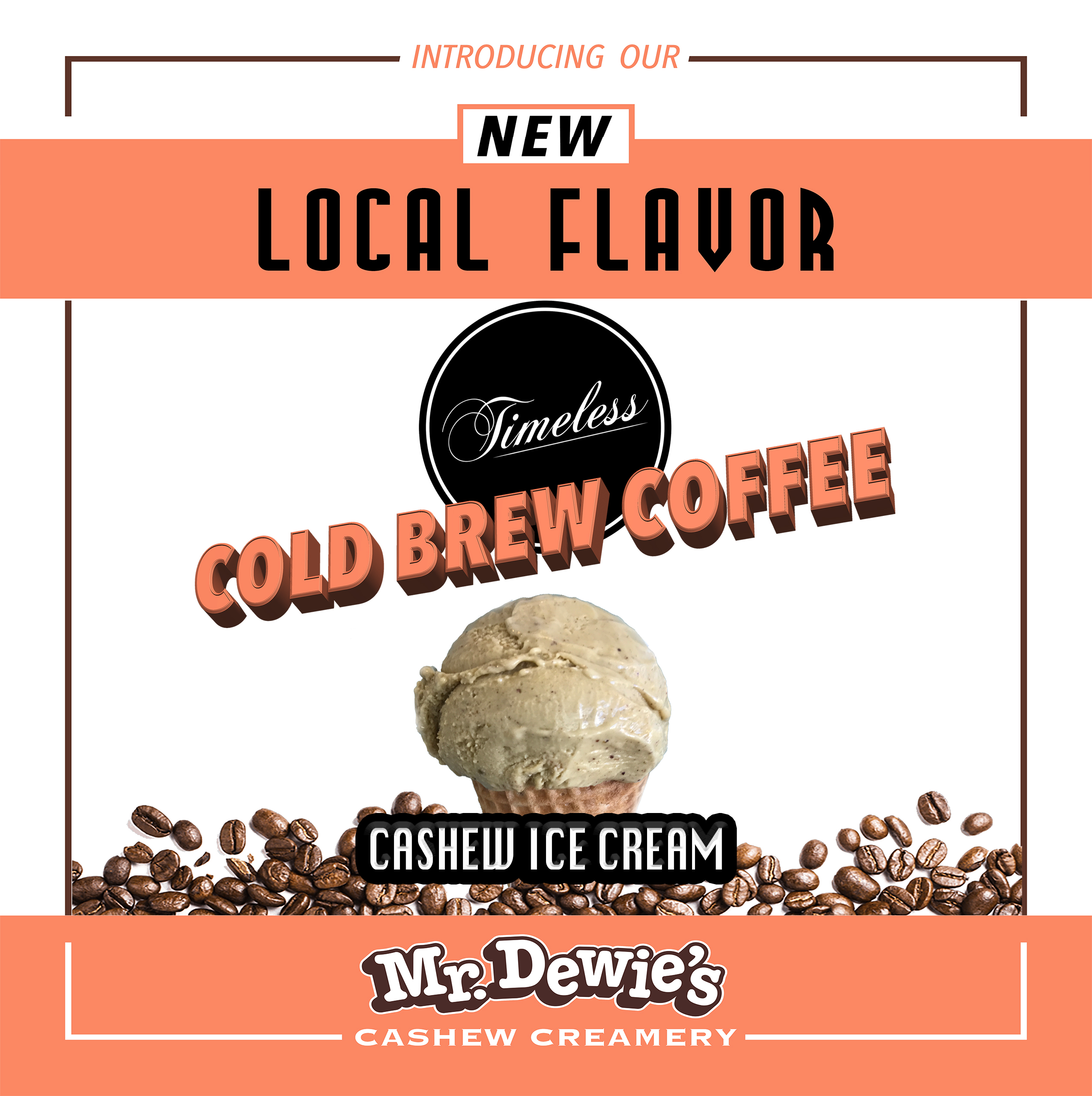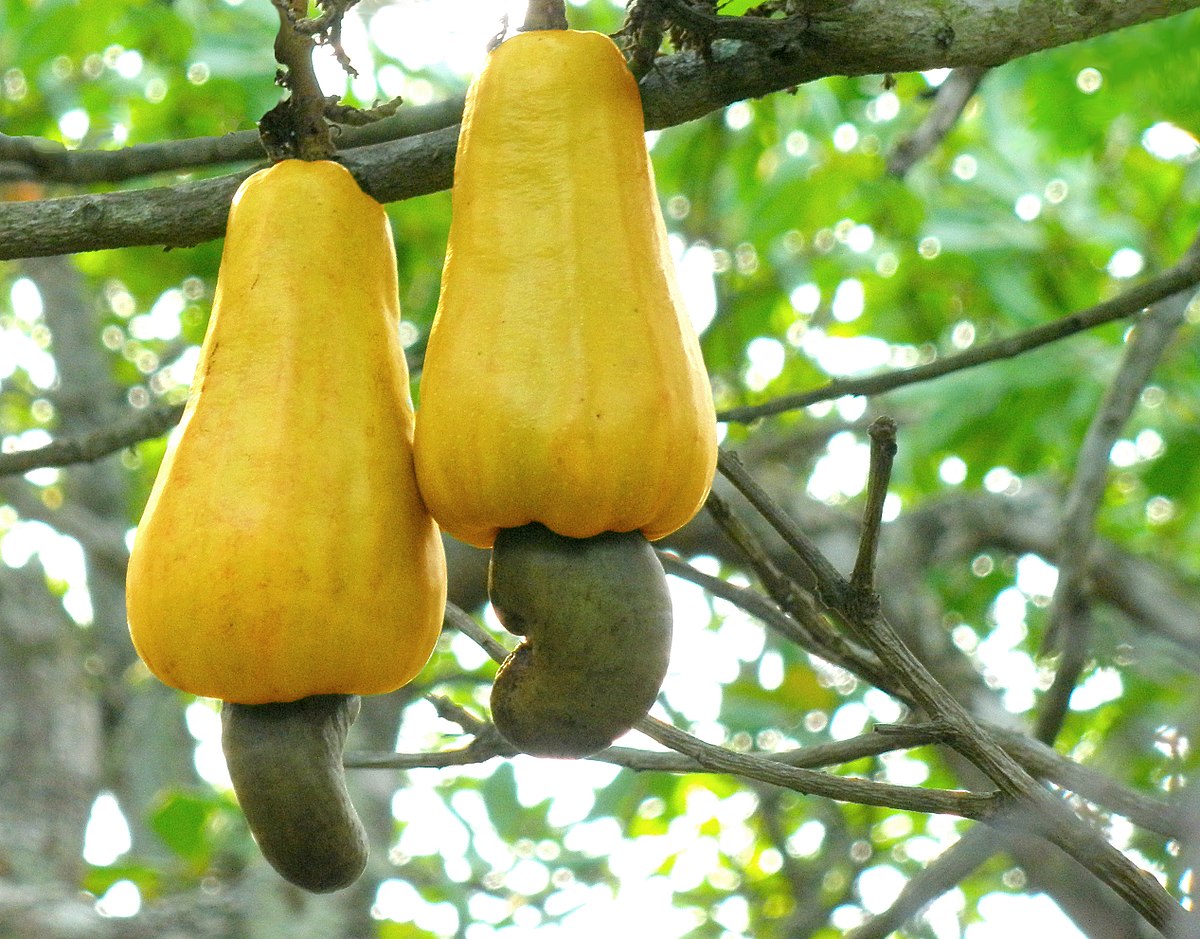 A common question about our cashew ice cream is “why don’t we make a sugar-free product?” The fact is, in addition to being a sweetener, sugar is also one of the three main ingredients in ice cream that determines the texture of the finished product. So, we thought it would be a good idea to provide a basic understanding of the chemistry of sugar in making ice cream, and the main reasons why we don’t use sugar substitutes to make our sugar-free dessert.
A common question about our cashew ice cream is “why don’t we make a sugar-free product?” The fact is, in addition to being a sweetener, sugar is also one of the three main ingredients in ice cream that determines the texture of the finished product. So, we thought it would be a good idea to provide a basic understanding of the chemistry of sugar in making ice cream, and the main reasons why we don’t use sugar substitutes to make our sugar-free dessert.
The following is an explanation of the role that sugar plays in the production of ice cream: As ice cream freezes, ice crystals separate from the liquid cream base. These crystals would normally join together into a solid mass (like a cream ice cube), but sugar molecules dissolved in the cream get in the way. In effect, this increases the time it takes to freeze ice cream because it takes longer for the ice to solidify around the sugar. The more sugar added to the ice cream base, the longer it takes for the base to freeze, and the result is a smooth and creamy ice cream.
In contrast to sugar, sugar substitutes like stevia or xylitol don’t have the chemical properties to dissolve the ice crystal formation, and one would therefore have to use gums, oils, and emulsifiers to soften the product. Our mission has always been to use healthy and natural ingredients, so using these unhealthy additives was not an option. In the end, we picked our “poison” which is organic cane juice sugar.
Sugars and Sugar-Free Alternatives
Lets start with the basic, most pure form of sweetness. At 16 calories per teaspoon, sugar is not a low calorie sweetener, but its not pretending to be anything other than what it is. Sugar (scientifically known as sucrose) is a chemical compound of glucose and fructose and is naturally found in the stem of sugar cane and in the roots of sugar beets. Sugar can be refined to remove molasses from the granules,

creating a bright white color or can be left in a slightly less refined form with trace amounts of molasses-also known as raw sugar. In our cashew ice cream we use organic evaporated cane juice sugar, which is just another way raw cane sugar is labeled on the market.
What do we know about sugar-free sweeteners? The first thing to know is they all are not created equal. While some sugar free options are better than others, the most common ones used in sugar-free ice creams are often not well tested and the effects of consuming them may not be fully known for years to come. What is currently known about these sweeteners, however, is enough to make anyone wary. Here are a few of the most commonly used sweeteners in sugar-free ice cream products.
One of the more common and most widely approved sugar-free sweeteners on the market today is Acesulfame K (Potassium). It was discovered by mistake, when the scientist who was working with these chemicals accidentally dipped his fingers into the chemicals and proceeded to lick them while preparing to pick up some papers. What he found was a pleasant sweetness that led to further research and in 1988 was deemed safe for consumers. With a sweetness level topping out around 200 times sweeter than sucrose and a slightly bitter aftertaste, Acesulfame K is rarely used on its own. Unfortunately, it is most commonly mixed with Aspartame.
Aspartame is another widely known sugar alternative, and one of the most controversial, as it has gained much negative attention over the years for it’s link to causing headaches, mood changes, seizures, and possibly even cancer. Aspartame, like Acesulfame K, is 200 times sweeter than sucrose, but compared to Acesulfame K, it has a taste profile much closer to regular sugar. The two are often combined to take advantage of each of their best properties, including taste, PH, and reaction to heat. Though there is no conclusive evidence to link Aspartame to the above mentioned symptoms, there is plenty of anecdotal evidence and there still haven’t been enough longitudinal studies on humans to truly know the impact.
As we mentioned above, when it comes to the more healthy sugar-free substitutes, such as stevia and xylitol, they simply lack the chemical properties to soften the ice cream and make it smooth. And, the truth is, when you use gums, oils and emulsifiers in lieu of sugar to soften the ice cream, the texture that it creates is more gooey and gelatinous and ‘fake” feeling.
While we use organic cane sugar in all of our flavors, we do have some flavors that are a mix of cane sugar and healthy alternative sweeteners. We use honey (in our Honey Lavender), maple syrup (in our pumpkin pie) and coconut palm sugar (in our caramel almond crunch). These sweeteners are worthy contenders but they have a distinct flavor profile, and to use them in all of our flavors would change and/or influence the taste of our ice creams. This is why we use them in flavors that complement these sweeteners.
In conclusion, we stand by our mission to bring the cleanest, creamiest and highest quality cashew ice cream. This means choosing sugar in its least refined, most natural state.



